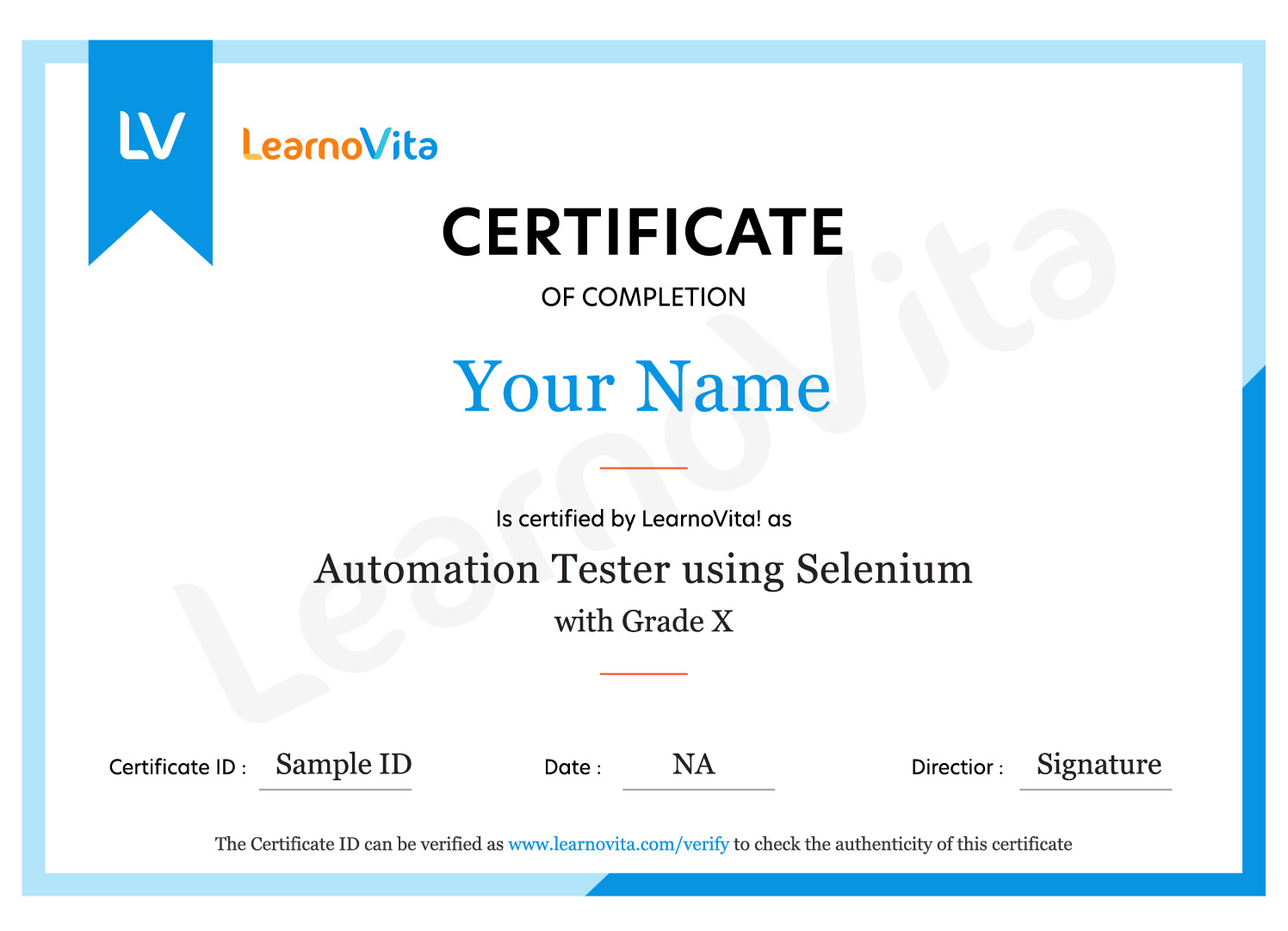What You'll Learn
Understand PCB design principles and schematic capture techniques in PCB design.
Learn the layout design process, including component placement and routing.
Explore various PCB materials, design rules, and constraints for optimal design.
PCB Design Online Training Gain hands-on experience with PCB design tools like Eagle and Altium.
Learn about signal integrity, power distribution, and grounding techniques.
Complete a PCB design project from start to finish PCB Design Online Course.
PCB Design Training Objectives
- Electronics
- Automotive
- Aerospace
- Telecommunications
- Schematic design
- PCB layout
- Signal integrity
- Design for manufacturability
- Adherence to industry standards and best practices
- Lectures
- Practical exercises
- Design projects
- Simulation tools
- Access to CAD software
- Consumer electronics
- Automotive
- Aerospace
- Medical devices
- Telecommunications
Request more informations
Phone (For Voice Call):
+91 89258 75257
WhatsApp (For Call & Chat):
+91 89258 75257
PCB Design Course Benefits
The PCB Design Certification Course offers a comprehensive understanding of circuit board design, from basics to advanced techniques. Gain hands-on experience in schematic design, layout and simulation tools. Master industry-standard tools, ensuring practical skills for career advancement. PCB Design Internship prepares you for roles in top tech companies, with a strong focus on real-world application and job-ready expertise.
- Designation
-
Annual SalaryHiring Companies
About Your PCB Design Certification Training
Our PCB Design Online Course offers a comprehensive learning path to mastering PCB design fundamentals, tools and technologie. With hands-on training on industry-standard design software, PCB Design Project practical experience in schematic design, layout and simulation. We provide PCB Design Placement support and access to top companies, ensuring you build the skills needed for a successful career in PCB design.
Top Skills You Will Gain
- Schematic Capture
- PCB Layout Design
- Signal Analysis
- Manufacturability
- Design for Assembly
- Thermal Management
- Documentation
- CAD Tools Proficiency
12+ PCB Design Tools
Online Classroom Batches Preferred
No Interest Financing start at ₹ 5000 / month
Corporate Training
- Customized Learning
- Enterprise Grade Learning Management System (LMS)
- 24x7 Support
- Enterprise Grade Reporting
Why PCB Design Course From Learnovita ? 100% Money Back Guarantee
PCB Design Course Curriculum
Trainers Profile
Syllabus of PCB Design Course Download syllabus
- Overview of PCB Design
- Basic Components of a PCB
- PCB Design Workflow
- Tools and Software for PCB Design
- Understanding Circuit Theory
- Components and their Functions
- Ohm's Law and Kirchhoff's Laws
- Analog vs. Digital Circuits
- Power Distribution in PCBs
- PCB Layer Stackup Design
- Routing Techniques and Best Practices
- Design for Manufacturability
- Design for Assembly
- PCB Design Workflow Overview
- Placement Techniques and Strategies
- Routing Principles and Strategies
- High-Speed Signal Routing Techniques
- Power and Ground Plane Design
- Multilayer PCB Design Considerations
- RF and Microwave PCB Design
- Flex and Rigid-Flex PCB Design
- Signal Integrity Analysis and Mitigation
- High-Density Interconnect
- Introduction to PCB Manufacturing
- PCB Fabrication Techniques
- PCB Assembly Process Overview
- Quality Assurance and Testing in PCB Manufacturing
- Handling and Storage of PCBs
- Introduction to DFT and DFM
- Testability Guidelines and Strategies
- Designing for Automated Testing
- Design for Cost Reduction
- Design for Reliability and Longevity
- Feedback Loops between Design and Manufacturing
- Ethical Considerations in PCB Design
- Intellectual Property Rights (IPR)
- Professional Conduct and Responsibility
- Compliance with Regulatory Standards
- Sustainable Practices in PCB Design
- Opportunities in PCB Design Industry
- Starting Your Own PCB Design Business
- Career Paths in PCB Design
- Networking and Professional Associations
- Skill Enhancement and Continuing Education
- Introduction to Schematic Capture
- Creating Schematics using EDA Tools
- Bill of Materials (BOM) Management
- Symbol Creation and Custom Components
- Design Validation and Simulation
- Managing Design Constraints in Schematics
Request more informations
Phone (For Voice Call):
+91 89258 75257
WhatsApp (For Call & Chat):
+91 89258 75257
Industry Projects
Career Support
Our Hiring Partner
Request more informations
Phone (For Voice Call):
+91 89258 75257
WhatsApp (For Call & Chat):
+91 89258 75257
Exam & Certification
- PCB design certification validates your skillsv
- Expertise in PCB design principles
- Enhancing your credibility
- Marketability to potential employers
- Techniques
- Electronics engineer
- PCB designer
- Layout engineer
- Hardware engineer
- Design engineer

Our Student Successful Story
How are the PCB Design Course with LearnoVita Different?
Feature
LearnoVita
Other Institutes
Affordable Fees
Competitive Pricing With Flexible Payment Options.
Higher PCB Design Fees With Limited Payment Options.
Live Class From ( Industry Expert)
Well Experienced Trainer From a Relevant Field With Practical PCB Design Training
Theoretical Class With Limited Practical
Updated Syllabus
Updated and Industry-relevant PCB Design Course Curriculum With Hands-on Learning.
Outdated Curriculum With Limited Practical Training.
Hands-on projects
Real-world PCB Design Projects With Live Case Studies and Collaboration With Companies.
Basic Projects With Limited Real-world Application.
Certification
Industry-recognized PCB Design Certifications With Global Validity.
Basic PCB Design Certifications With Limited Recognition.
Placement Support
Strong Placement Support With Tie-ups With Top Companies and Mock Interviews.
Basic Placement Support
Industry Partnerships
Strong Ties With Top Tech Companies for Internships and Placements
No Partnerships, Limited Opportunities
Batch Size
Small Batch Sizes for Personalized Attention.
Large Batch Sizes With Limited Individual Focus.
Additional Features
Lifetime Access to PCB Design Course Materials, Alumni Network, and Hackathons.
No Additional Features or Perks.
Training Support
Dedicated Mentors, 24/7 Doubt Resolution, and Personalized Guidance.
Limited Mentor Support and No After-hours Assistance.
PCB Design Course FAQ's
- LearnoVita is dedicated to assisting job seekers in seeking, connecting, and achieving success, while also ensuring employers are delighted with the ideal candidates.
- Upon successful completion of a career course with LearnoVita, you may qualify for job placement assistance. We offer 100% placement assistance and maintain strong relationships with over 650 top MNCs.
- Our Placement Cell aids students in securing interviews with major companies such as Oracle, HP, Wipro, Accenture, Google, IBM, Tech Mahindra, Amazon, CTS, TCS, Sports One , Infosys, MindTree, and MPhasis, among others.
- LearnoVita has a legendary reputation for placing students, as evidenced by our Placed Students' List on our website. Last year alone, over 5400 students were placed in India and globally.
- We conduct development sessions, including mock interviews and presentation skills training, to prepare students for challenging interview situations with confidence. With an 85% placement record, our Placement Cell continues to support you until you secure a position with a better MNC.
- Please visit your student's portal for free access to job openings, study materials, videos, recorded sections, and top MNC interview questions.

- Build a Powerful Resume for Career Success
- Get Trainer Tips to Clear Interviews
- Practice with Experts: Mock Interviews for Success
- Crack Interviews & Land Your Dream Job
Get Our App Now!

















 Regular 1:1 Mentorship From Industry Experts
Regular 1:1 Mentorship From Industry Experts




